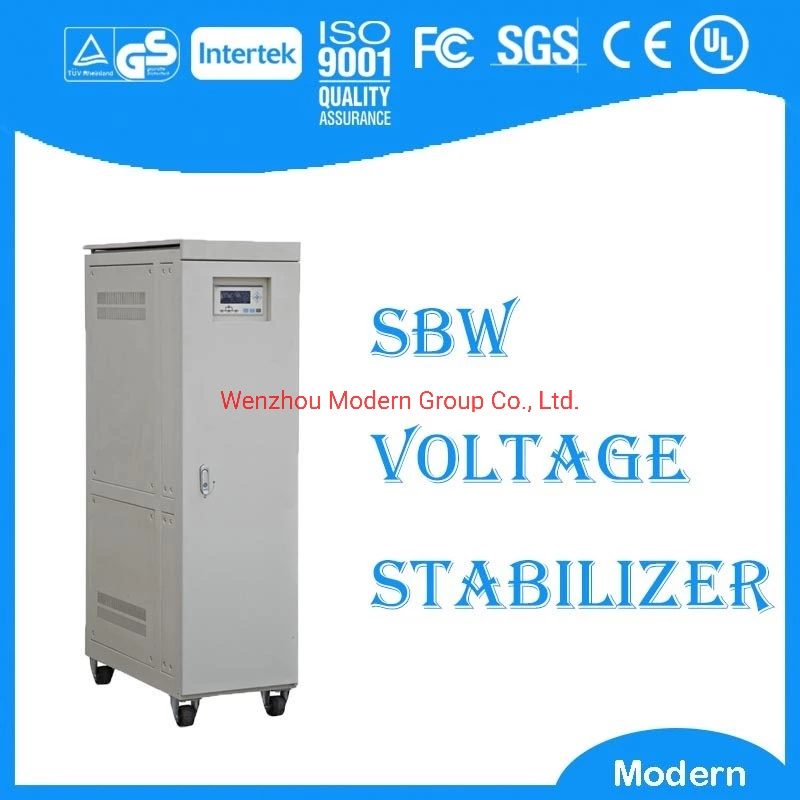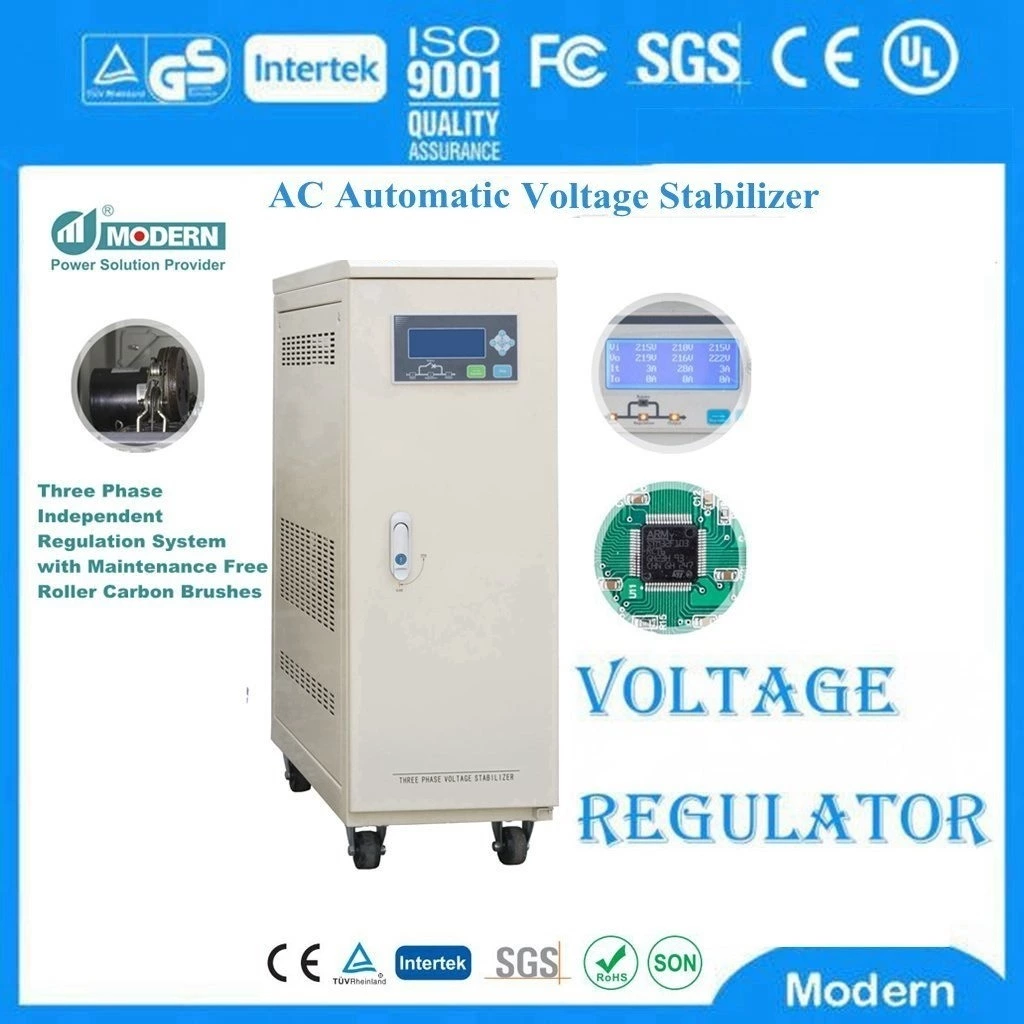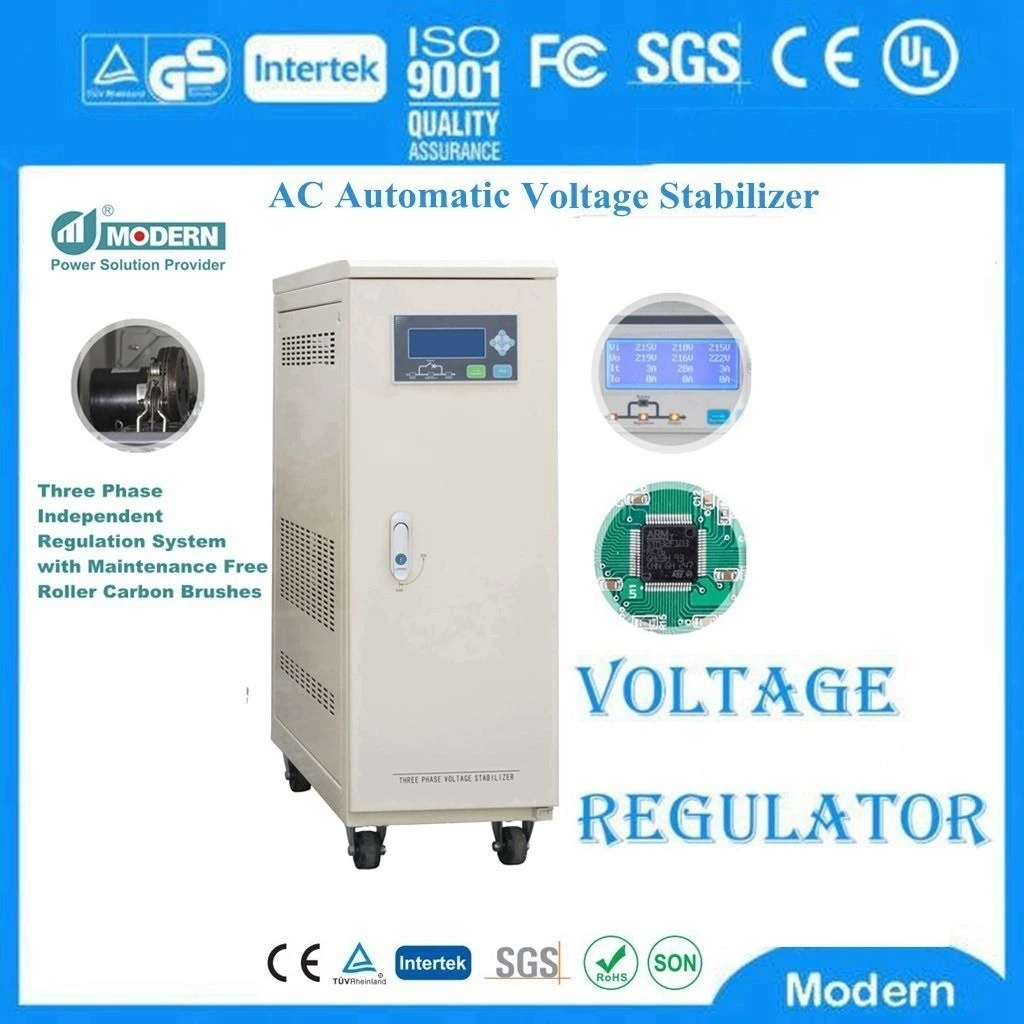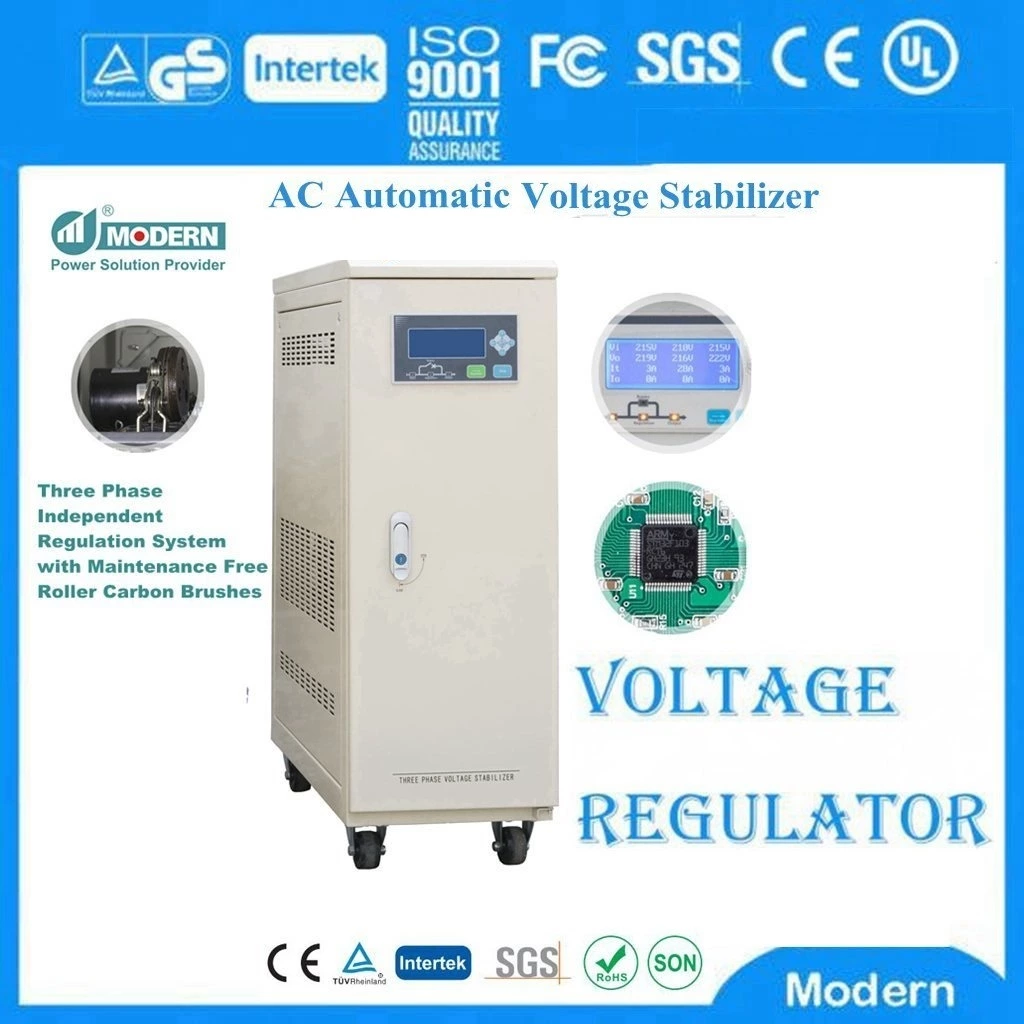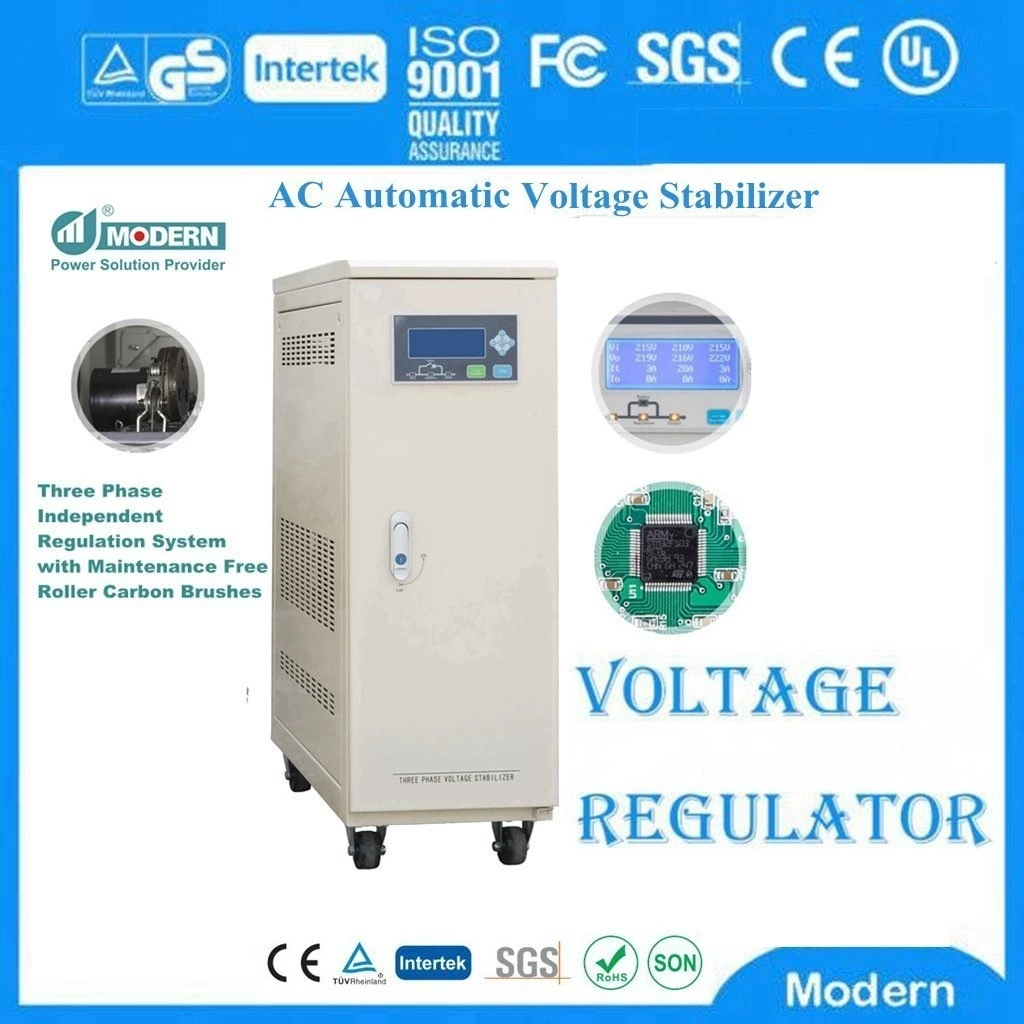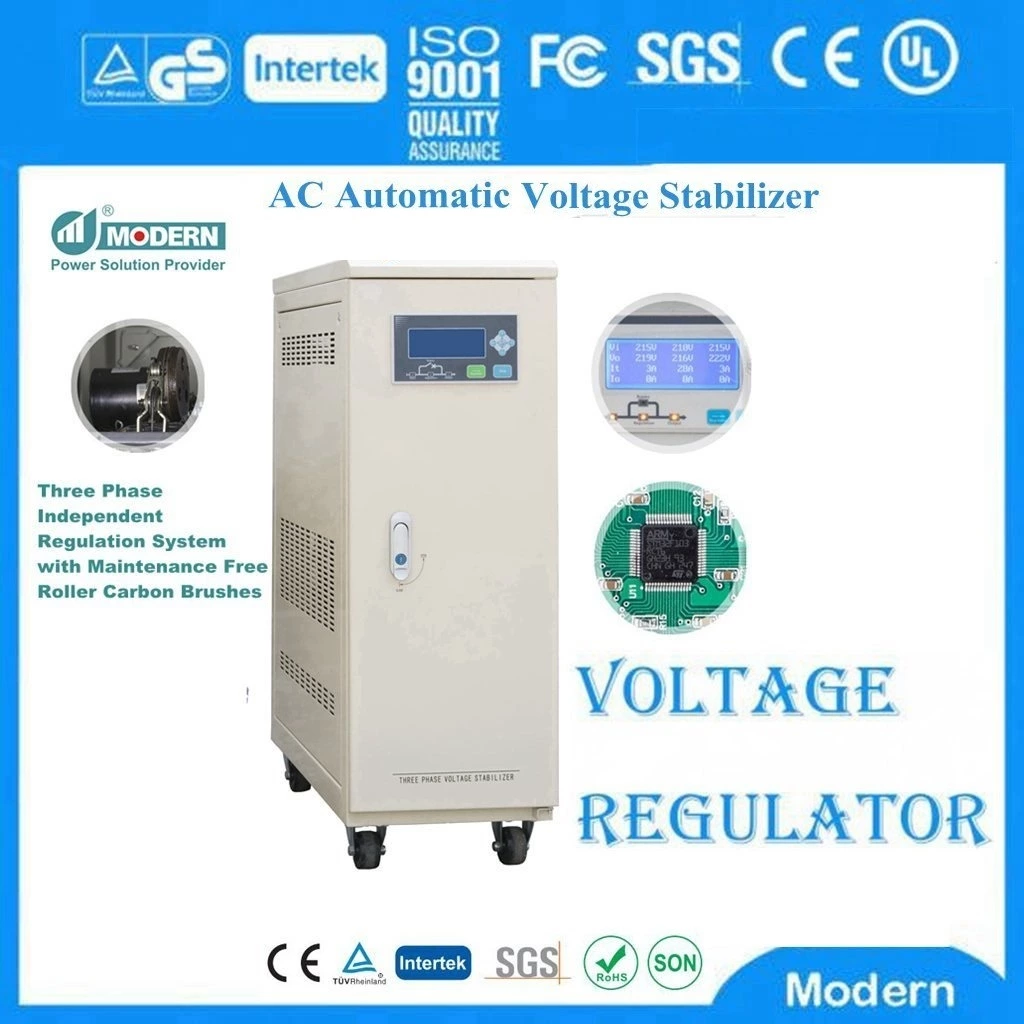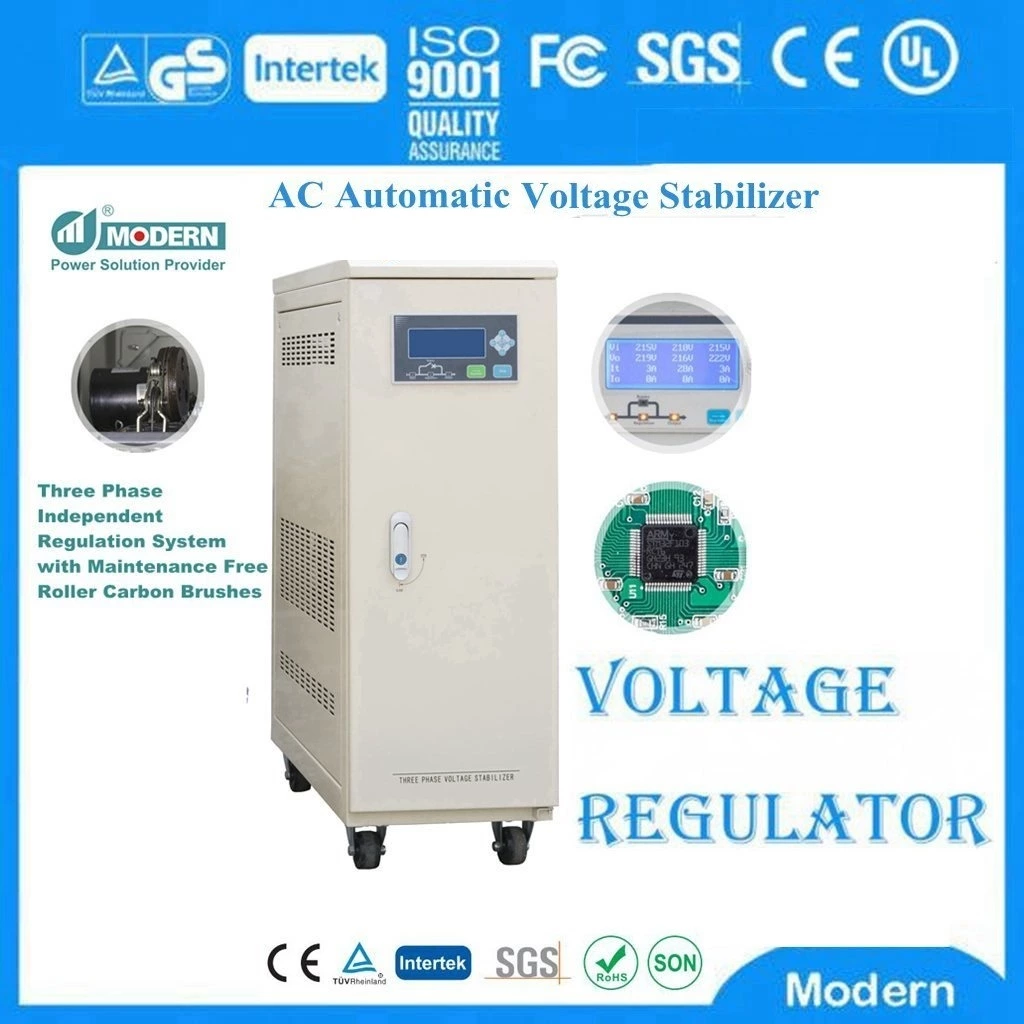Ac Output Reactor
AC Reactors is a pulse width modulated voltage wave PWM. It is a series of pulse square waves with steep leading and trailing edges, and contains abundant harmonics. These harmonics are harmful to the life of the motor and the load (typically, the inter-turn voltage dU/dt of the motor winding is too high, causing inter-turn breakdown), as well as interference to surrounding electrical appliances. When the load end capacitance component is large, a large impact current flows through the switching device of the inverter, which will damage the switching device. Using an AC output reactor can perform smooth filtering, reduce the impact of transient voltage dU/dt, reduce the noise of the motor, reduce the leakage current caused by the output high-order harmonics, reduce interference, protect the power switching device inside the inverter, and extend the insulation life of the motor.
The inverter output is a PWM modulated voltage wave. Since the inductance of the motor winding can make the current continuous, the current is basically a sine wave. The steep voltage rising and falling edges (dU/dt) of the pulse width modulation wave are very large, which makes the output lead emit extremely high-frequency electromagnetic waves to the outside world, and generates large pulse currents between the lead and the ground, between the turns of the motor winding, and between the winding and the ground.
It is worth pointing out that when the pulse voltage passes through a long transmission line, due to the reflection superposition on the long line, the voltage may reach twice the DC bus voltage (DC bus in the inverter) after the long line (the inverter output wire exceeds the critical length). Therefore, the length of the inverter output line is limited. In order to remove this restriction, the output AC reactor must be connected. After connection, the waveform sent to the load such as the motor is close to the sinusoidal voltage waveform.
In the actual application of AC output reactors, as long as the load is inductive, the reactor can use 1% impedance or lower. This is because the PWM modulation frequency is much higher than the fundamental frequency, which is equivalent to the range of 40~100th harmonics of the fundamental wave.
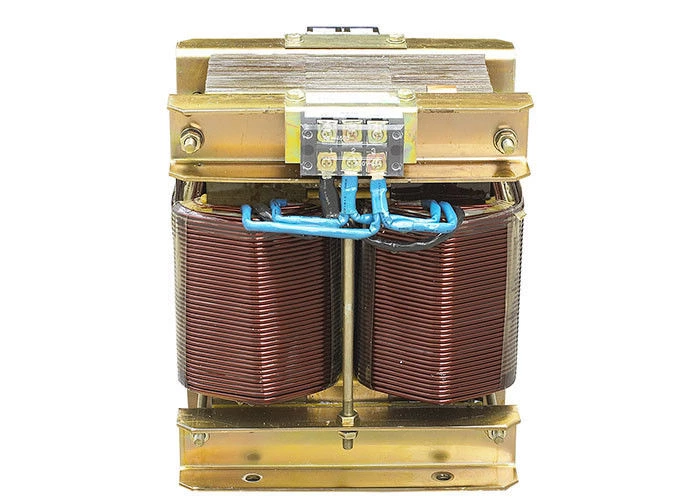
 Русский
Русский
 Français
Français
 Português
Português
 Español
Español
 اللغة العربية
اللغة العربية
